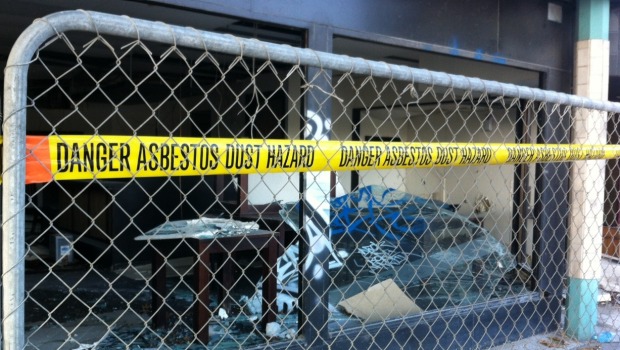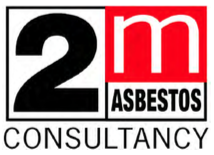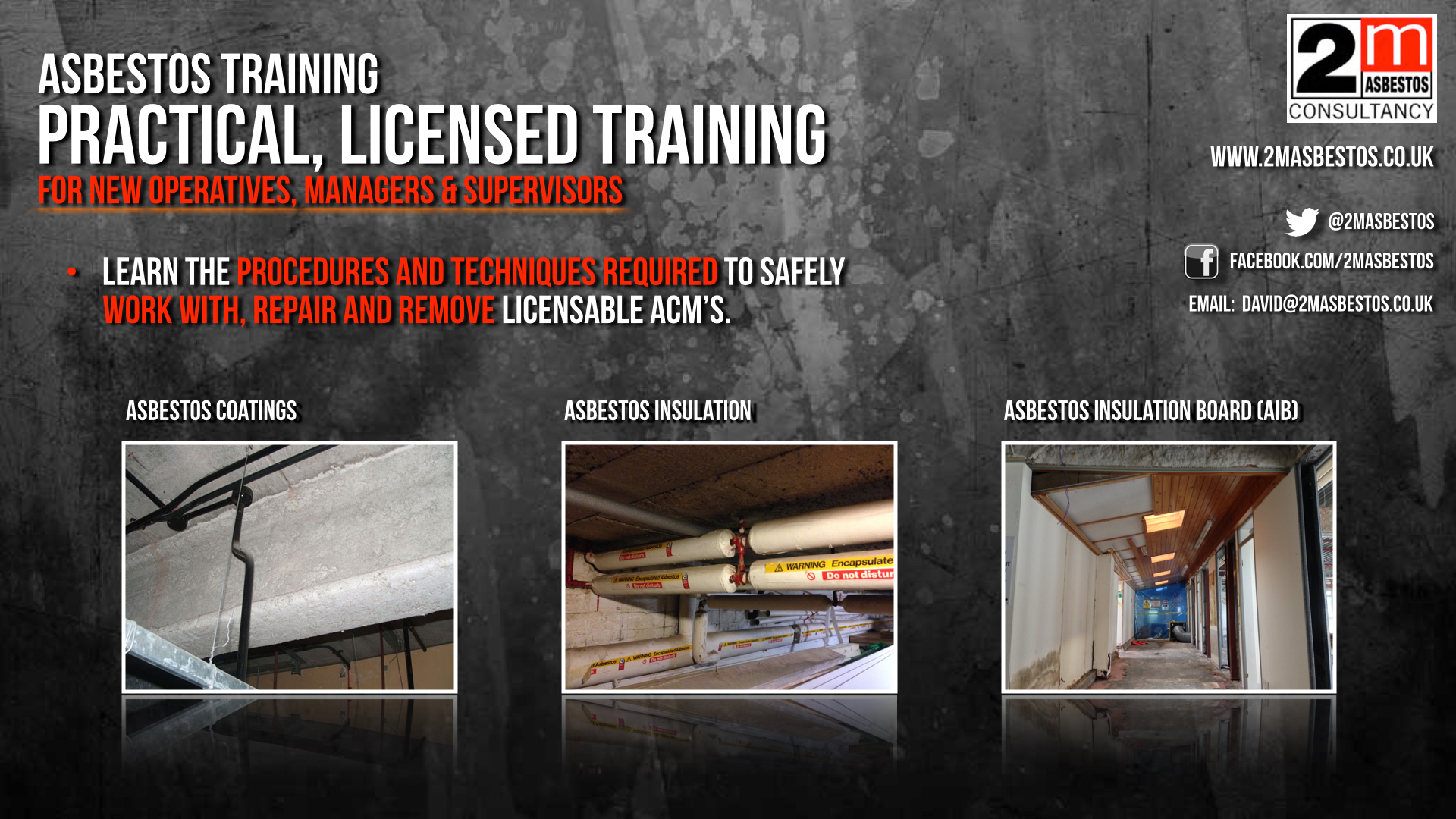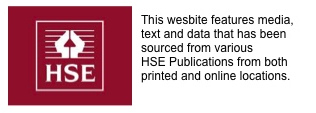New measures to prevent asbestos contamination during renovations and demolitions could prove costly for building owners, but industry leaders say change is well over due.

Building owners and asbestos removal companies are scrambling to meet the requirements of new health and safety regulations covering asbestos.
From 4 April new asbestos regulations come into force under the Health and Safety at Work Act 2015.
Health and safety consultants report a big jump in demand for asbestos surveys of commercial buildings, but they’re also struggling to find suitably qualified staff to do the work.
The original draft regulations included a requirement that all buildings built before 2000 had a register showing where asbestos was located, but Cabinet is awaiting the results of further consultation before it decides whether to make registers compulsory.
Asbestos consultant Mike Cosman was a member of a WorkSafe stakeholder advisory group consulted over the new regulations.
They include a two-tier licensing system for the removal of more than 10 square metres of non-friable asbestos, or any amount of the more dangerous friable asbestos (powdery or easily crumbled).
Class A licences will eventually replace existing Certificates of Competence needed to remove the more hazardous material. To date Worksafe has received 457 registrations of interest for Class B licences to remove non-friable material.
Cosman said the changes were long overdue because New Zealand had been 20 years behind international best practice when it came to handling asbestos.
Cosman said the onus was now on owners to find out if their buildings contained asbestos, and on contractors to ensure their processes were up to scratch.
Intrusive testing might be necessary before refurbishment or demolition could start.
“You might have to make holes in the cladding in order to see what lies behind. It can be very expensive, but not as expensive as not doing the survey, and discovering you have spread asbestos all over your construction site, and have to stop work and clean it up.”
Quenton Dowdell, managing director of Dowdell and Associates occupational health and safety consultants, said compulsory asbestos registers would put New Zealand on a par with the United States, Britain and Australia.
“The Government owns more properties than anyone so maybe it was a cost exercise, and they realised it was going to impact them more than anyone else.”
Dowdell said asbestos survey costs ranged from under $1000 to tens of thousands for multi-story buildings.
He has recruited five British surveyors to meet demand, which had more than doubled in the past year.
Asbestos removal and management company ATL has also been recruiting in Europe and chief executive, Brett Pietersen, said it was extremely difficult finding sufficient competent staff.
“In our business alone we could hire another three or four surveyors tomorrow and have them busy by the end of the week.”
ATL’s asbestos manager, Ray Payne, said changes to the regulations could result in additional monitoring and clearance testing, adding significantly to the cost for asbestos removal.
“It could be as much as $500 to $700 a day for the air monitoring. The swabs [for surface testing] will be $110 per swab . . if an independent assessor says five [swabs], that’s how many will need to be done.”
The New Zealand Property Council’s advocacy director, Matt Paterson, said his organisation’s 700 members were increasingly aware of their responsibilities to identify and manage any asbestos hazards under Health and Safety laws, and were getting surveys done.
The unexpected discovery of asbestos when work was already underway during refurbishment or demolition of older pre-1990s buildings could add millions to the final cost.
Building owners with small portfolios may also struggle to meet the added compliance costs, Paterson said.
“Many of these building owners are facing costs around seismic strengthening so there’s a bit of a double whammy – that’s not an excuse not to do it, because it’s important to do something – but it does impact on the practicality and affordability of it.”
Source: Stuff.co.nz


